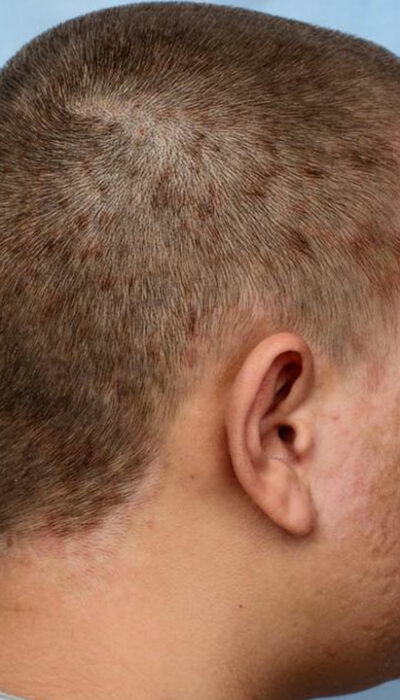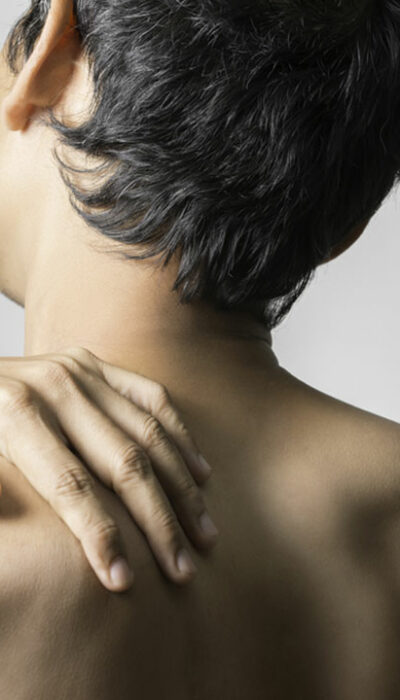
Treatment Options for Curbing Chronic Diarrhea
Chronic diarrhea interferes with your life very seriously. In the case of some people, it can be managed with some diet changes and prescription medications. As far as some other people are concerned, it requires a combination of different approaches to find relief. The treatment for chronic diarrhea depends on the symptoms and the intensity of the problem and choosing the right combination treatment is the key to bring relief in a fast manner. Medications as an option of treatment for chronic diarrhea Earlier, medication options for treating chronic diarrhea were limited but new medications have been introduced into the market nowadays. Diarrhea associated with irritable bowel syndrome also called IBS-D is a common problem that many people have to deal with. The major symptoms of this condition are frequent bouts of loose and watery diarrhea and chronic abdominal pain. It can be described as a highly disruptive health issues. For relieving the symptoms and treating this condition, there are a good number of medications available. Popular over-the-counter medications If you are suffering from IBS-D, Imodium is one of the most popular over-the-counter medications available. You have to take Imodium orally, and it is a very well-tolerated medication. It reduces the speed of intestinal contractions and the fluid quantity in the large intestine is also lowered to make a speedy recovery. This situation leads to a reduced urgency and the stool becomes firmer. At the same time, Imodium does not play a vital role in reducing the abdominal pain. Some of the most popular and common prescription medications as treatment for chronic diarrhea include Xifaxan and Viberzi and the offer fast and long-lasting results. Xifaxan: Xifaxan is a good antibiotic that functions in a different way compared to other antibiotics. This medication is not absorbed in the stomach and that is why the actions of Xifaxan are supposed to occur in the small intestine locally.










